Daigoro vs Goliath was made to celebrate the tenth anniversary of Tsuburaya Productions. Eiji was already dead, but his company was thriving. It's a kids' film, filled with the things adult movie producers think kids love: Wacky sound effects, broad humor, goofy-looking tame monsters.
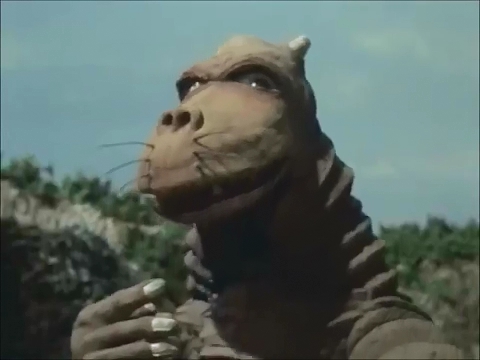
We start with an inventor uncle who is creating a flying motorcycle (visually similar to Chitty Chitty Bang Bang). He claims he will be doing it for Daigoro. This turns out to be a pudgy, tame monster who lives on an otherwise abandoned beach. Daigoro needs a lot of food, and his budget is pretty slim. We can easily see the metaphor, since this was a time in which Toho was cutting the budgets of their monster films. Daigoro clearly understands Japanese, and sometimes gets his feelings hurt. More than Godzilla, this is a monster children can see themselves in. But only when they are children.
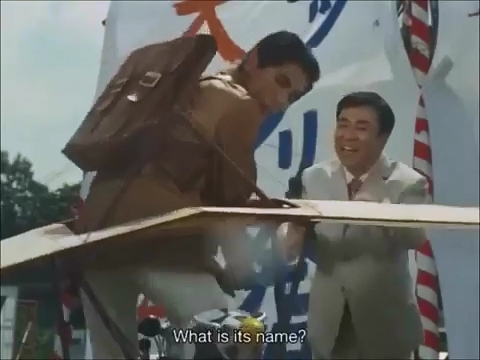
Flashback to Daigoro's mother, stomping a city flat in the moare traditional fashion. She was awakened by the crash of a nuclear submarine. Unlike most kaiju, she is femaly, and even looks so, with her long flowing hair. Even as she was killed, she gave birth to Diagoro, who has never known anything but the nurture of humans.
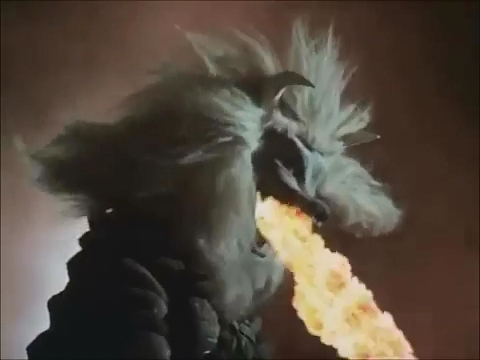
Monster films have a set of expectations, one of them is a distance energy weapon, and another is that two or more giant monsters will fight. So half-way through Daigoro vs Goliath, Goliath shows up. He immediately finds Daigoro, and the two fight. It's clear that Daigoro, soft and pudgy as he is, it no match for the blue, horned Great Stellar Monster (Goliath).
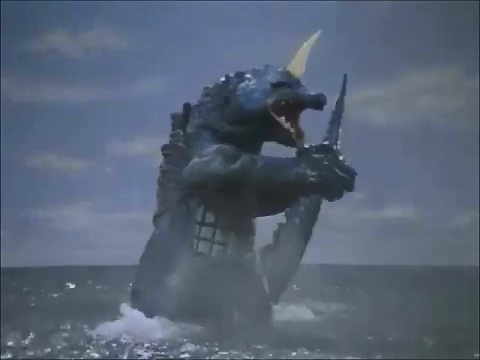
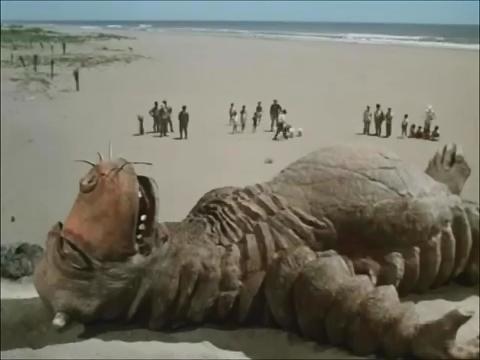
Diagoro does some Rocky-style training, while the Great Stellar Monster is wrecking stuff. The camera takes a few minutes to show us a montage of how beautiful the earth is, which is why we shouldn't use nukes. Daigoro, like Minella, has to learn to use his fire. Which he eventually does. Daigoro is no longer helpless.
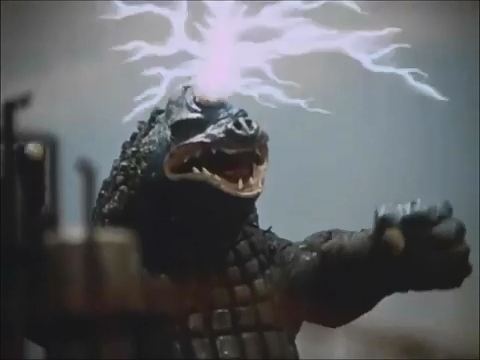
Hijinks ensue, and the final confrontation is nevitable. Our Daigoro gets kicked around by the Great Stellar Monster until he unleashes his firey breath on his enemy's horn. After which the authorities strap the great Stellar Monster to a rocket and send back to space. And all the humans have a happy endng. No not that sort of happy ending.
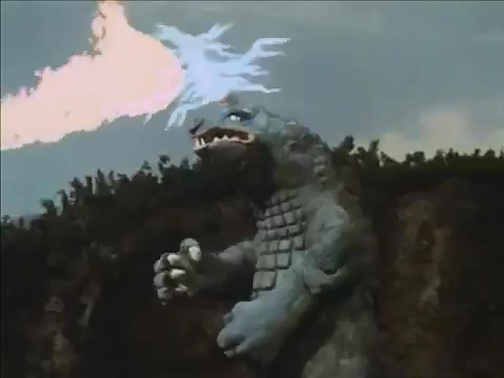
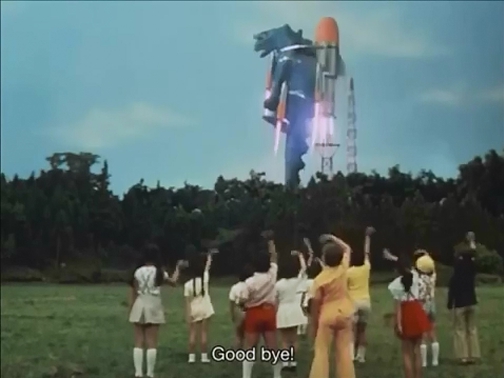
Daigoro is different from Gamera, in that he is not a 'friend to all children.' Although hs is as inoffensive a monster who would not voluntarily hurt humans, he is also supported by children. Kids contribute money to feed him, and cheer him on (from a safe distance), in the same way the audience does. This is also shows up in Gamera the Brave, although the estimation of the audience is one of greater sophistication. It's certainly a more palatable way to have children in a film. Brief shots of groups of kids shouting encouragement are a lot less annoying than one or two kids attempting to direct Gamera's fighting. Outside of that, it's an inconsequential kids' film that doesn't push any boundries. And no surprise. Kaiju film in the theater were in steep decline, and even Godzilla was going to go on hiatus three years later.
Next up, the most definite evidence that Ultraman was influencing Godzilla films; Jet Jaguar (and Godzilla) vs Megalon.
No comments:
Post a Comment